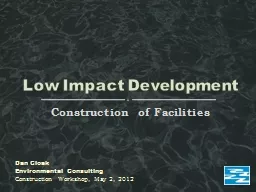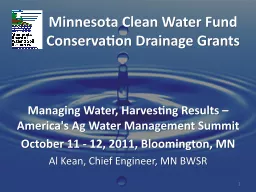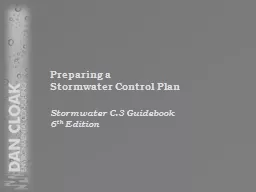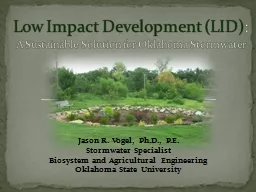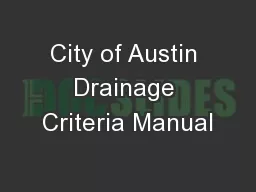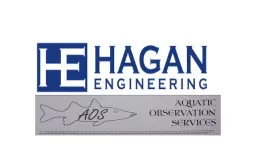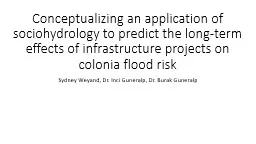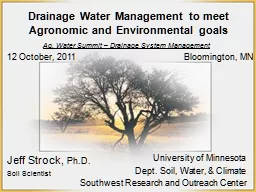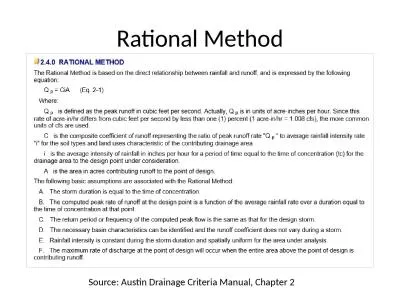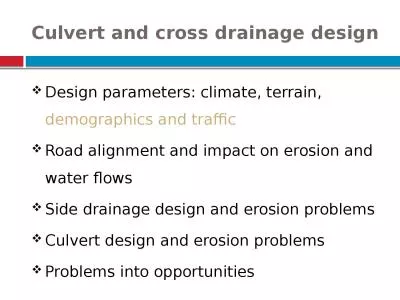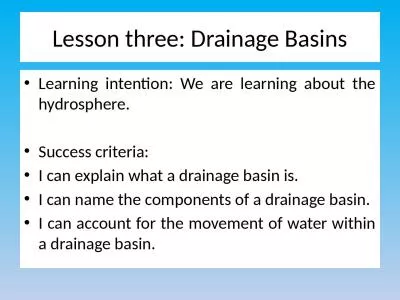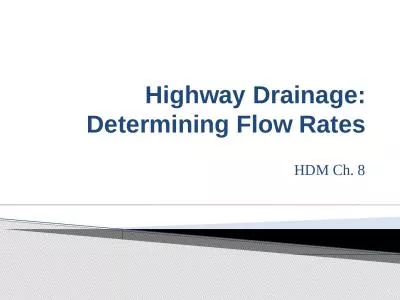PPT-LID Site Design and Drainage
Author : trish-goza | Published Date : 2018-11-06
Before Bioretention Dan Cloak Environmental Consulting May 23 2011 Hydrology for Stormwater Treatment and Flow Control LID Site Design Selftreating and Selfretaining
Presentation Embed Code
Download Presentation
Download Presentation The PPT/PDF document "LID Site Design and Drainage" is the property of its rightful owner. Permission is granted to download and print the materials on this website for personal, non-commercial use only, and to display it on your personal computer provided you do not modify the materials and that you retain all copyright notices contained in the materials. By downloading content from our website, you accept the terms of this agreement.
LID Site Design and Drainage: Transcript
Download Rules Of Document
"LID Site Design and Drainage"The content belongs to its owner. You may download and print it for personal use, without modification, and keep all copyright notices. By downloading, you agree to these terms.
Related Documents


